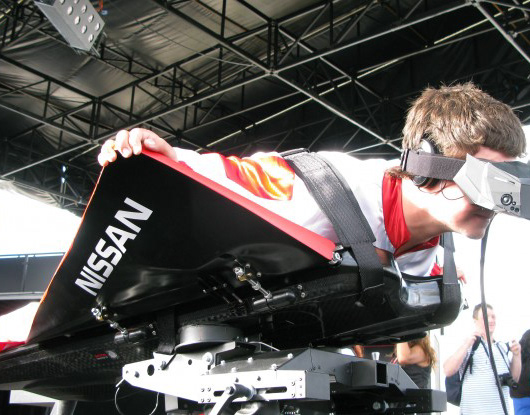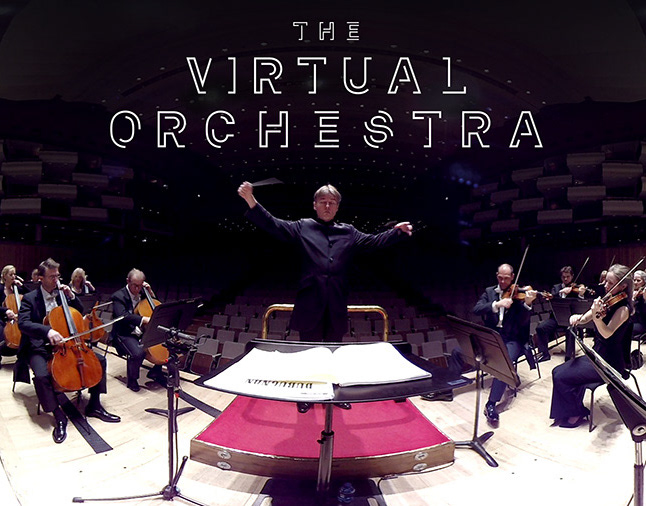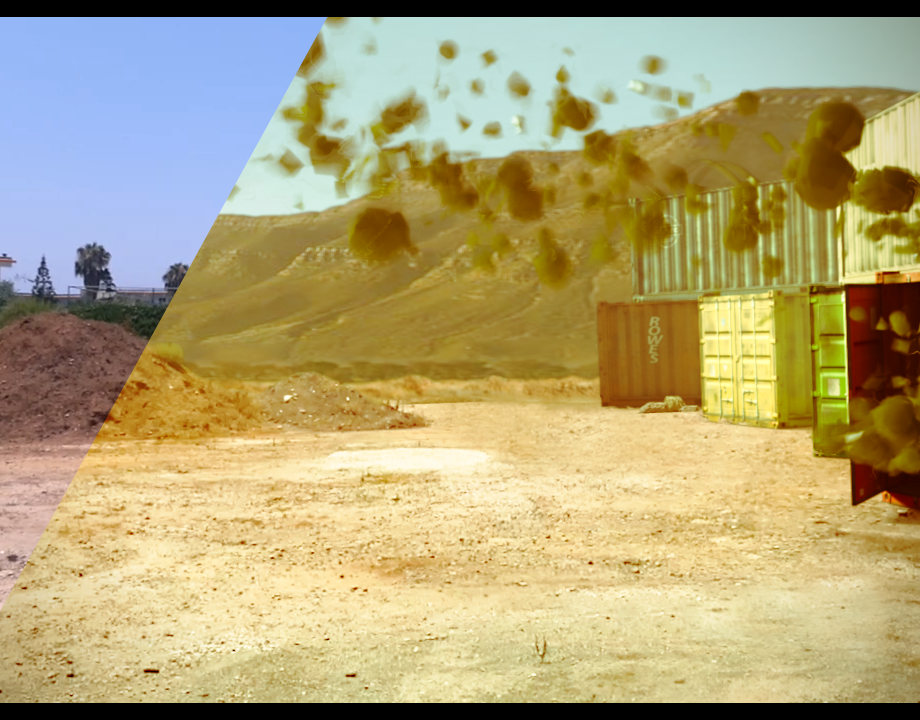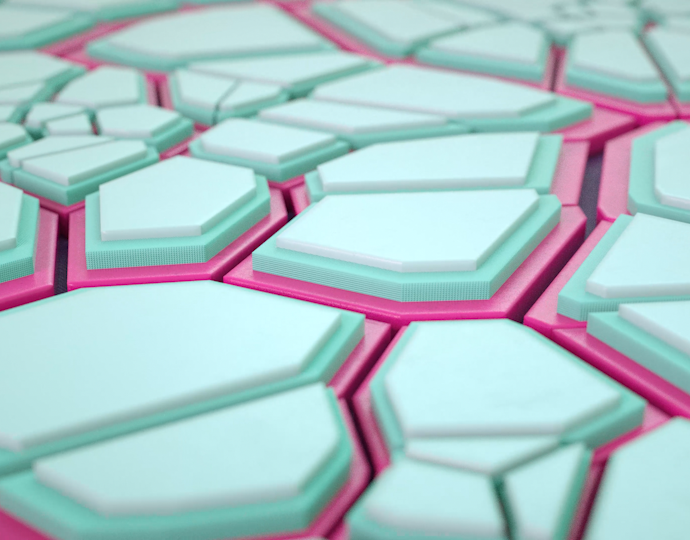Responsibilities / Lead Artist. Look Dev. Lighting. Vases. Morphs. Real-time Visuals
Working in collaboration Future Deluxe and Bit Studio, Google tasked us with bringing to life the ancient Chinese art form of Ceramics, for the upcoming WAIC (World Artificial Intelligence Conference) in Shanghai.
Users were presented with a large 4k screen, showing a lump of clay that teased into the shape of a white vase and back again.
Using Pose-Net data, the back-end software could distinguish between a number of poses, when the user held one of those poses, the clay would morph between different corresponding vase shapes, altering the ceramic finish and material type.
The user's head position was tracked and as they lent from side to side, the vase tilted on it's edge, encouraging the user to interact.
The user had further control of the vase by how far apart their hands were, effectively being able to sculpt the clay with their own hands, adding a secondary level of interactive control.
Using Pose-Net data, the back-end software could distinguish between a number of poses, when the user held one of those poses, the clay would morph between different corresponding vase shapes, altering the ceramic finish and material type.
The user's head position was tracked and as they lent from side to side, the vase tilted on it's edge, encouraging the user to interact.
The user had further control of the vase by how far apart their hands were, effectively being able to sculpt the clay with their own hands, adding a secondary level of interactive control.
Event photos.

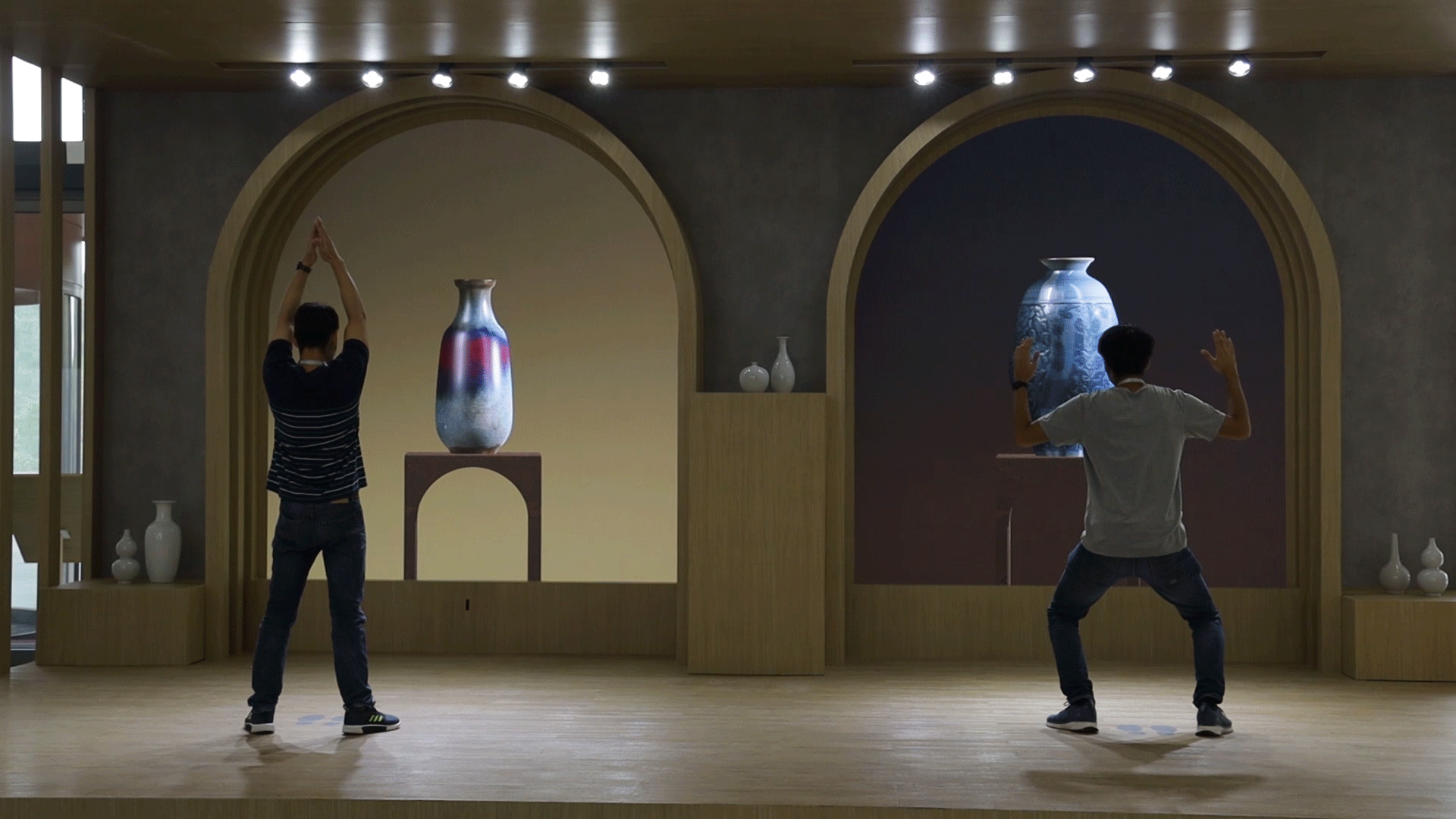
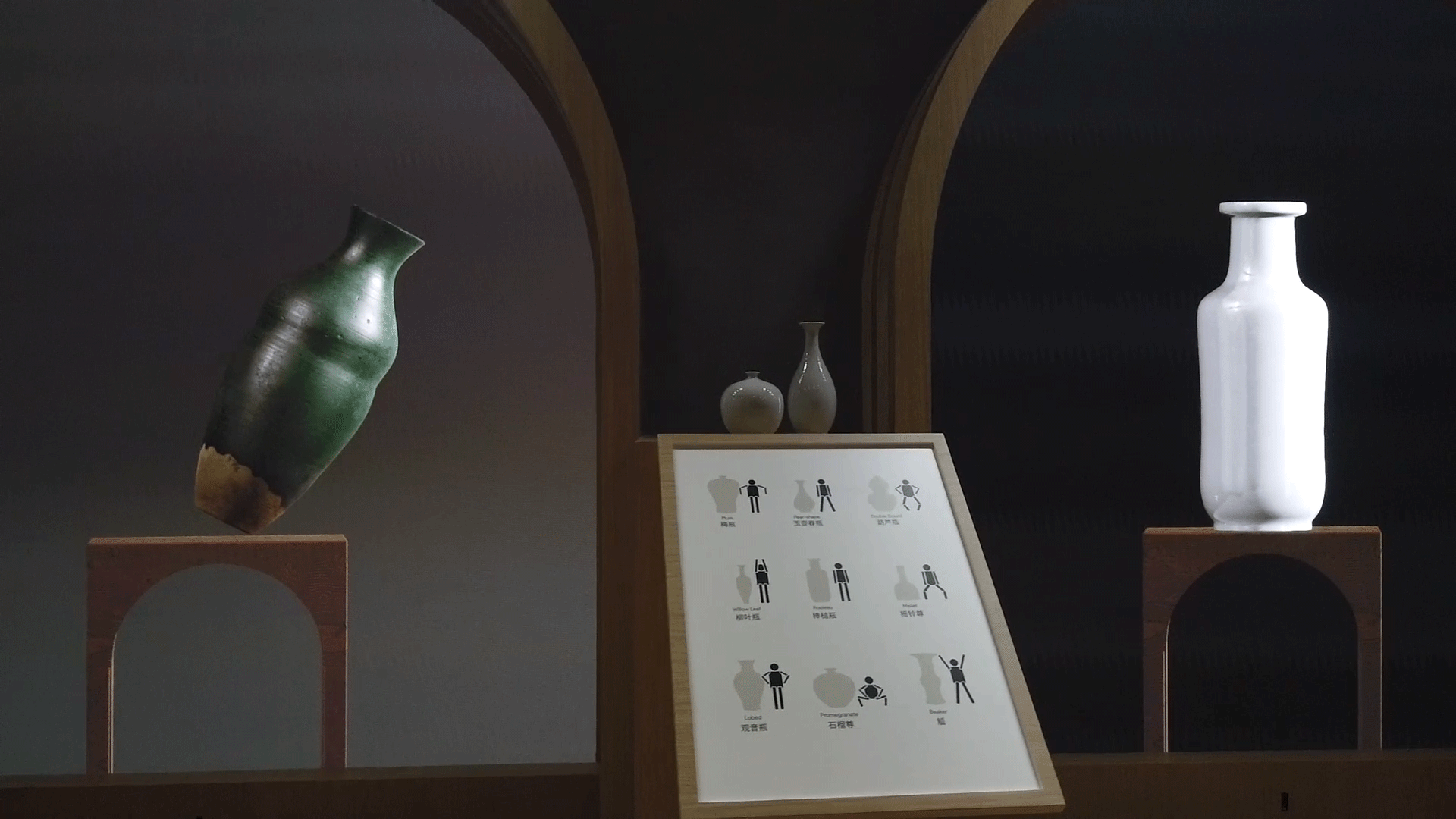
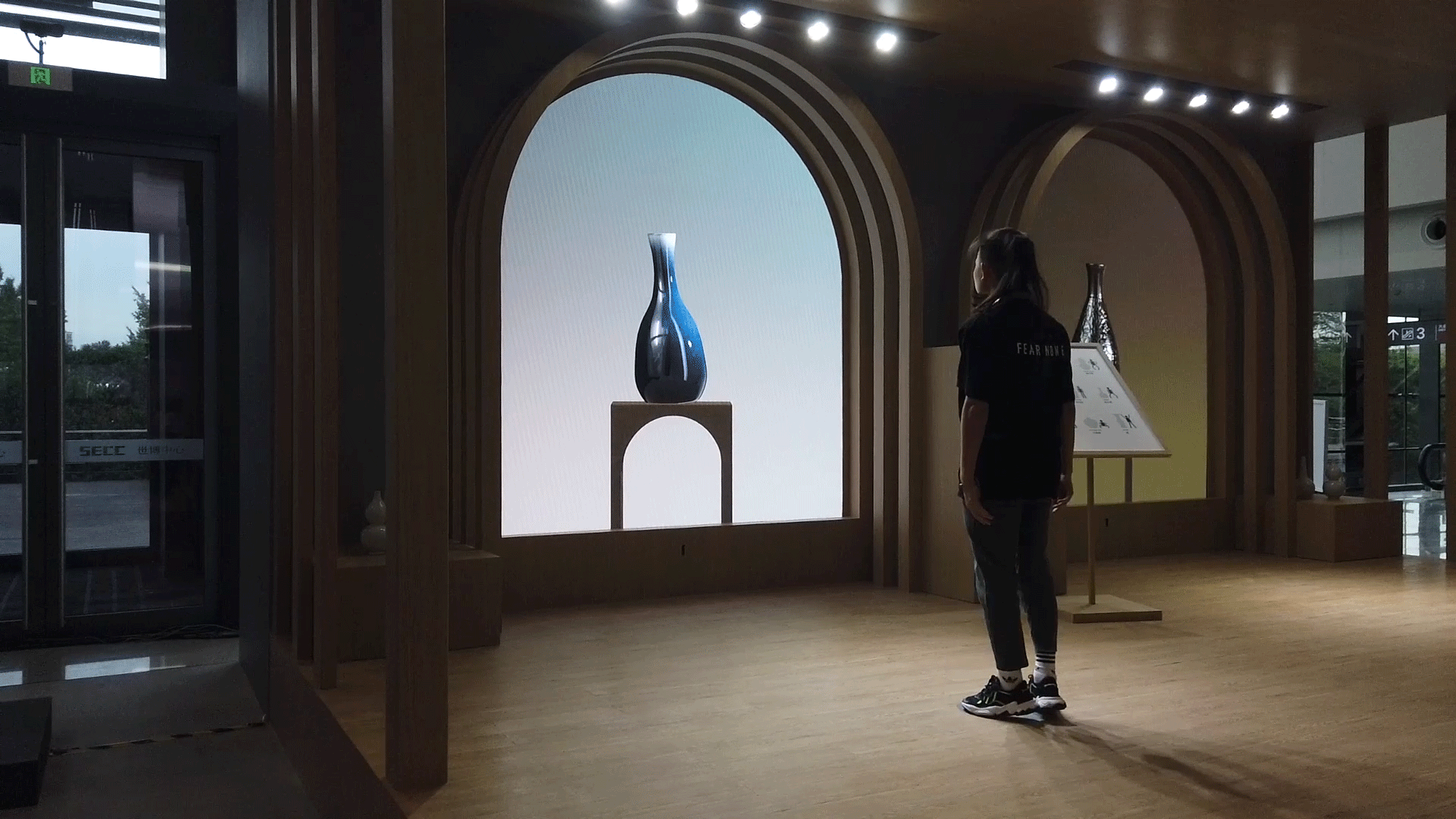
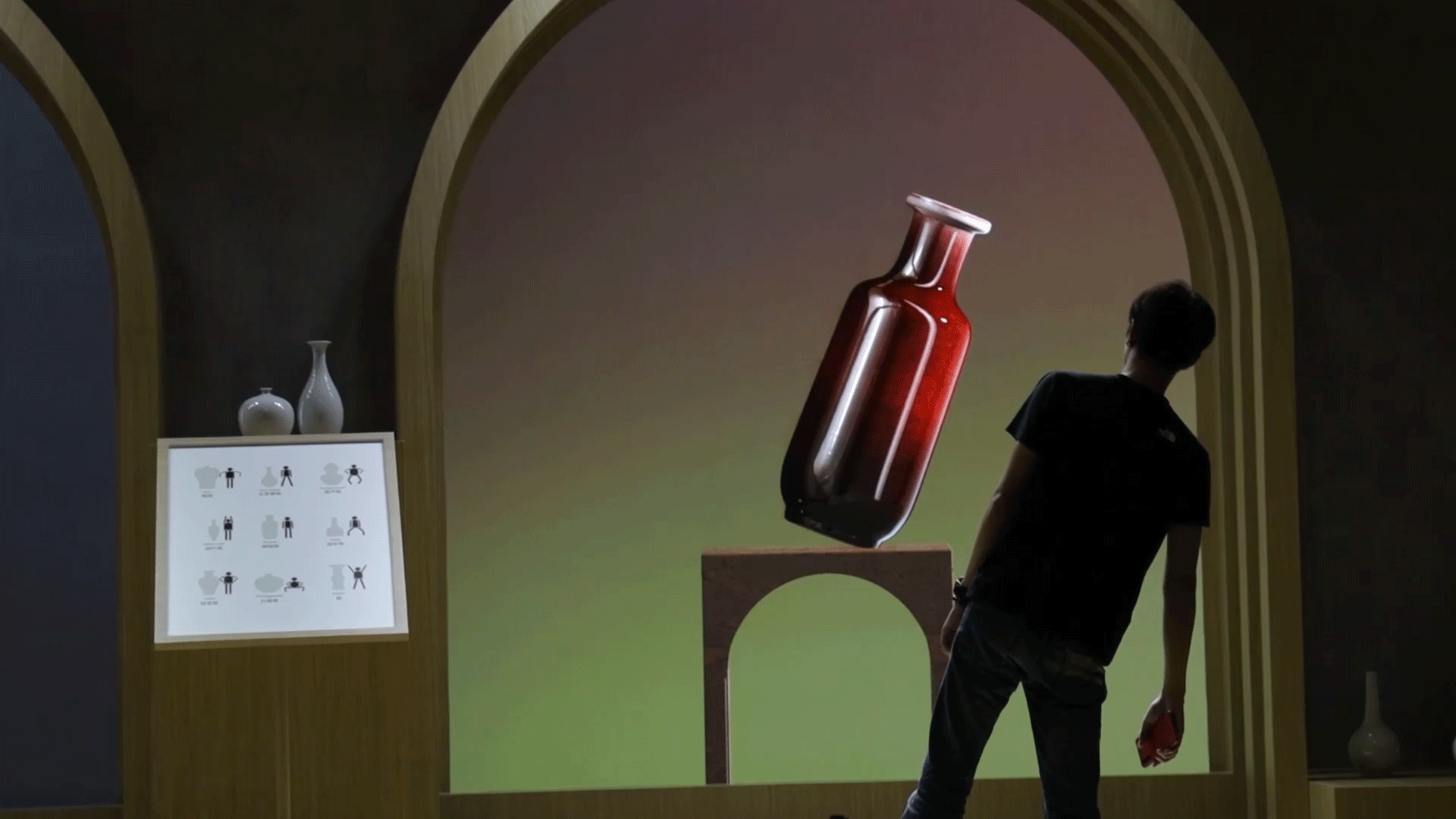

The users were encouraged to explore the pottery and discover the many various vase shapes and material archetypes.
Once the user held a pose for a set amount of time, the back-end used Machine Learning to analyse their top type, and generate a new textural material based on the users clothing, giving the user a greater connection to the experience.
Future Deluxe lead the creative process, Inition developed the front-end, while Bit Studio were responsible for the back-end development.
Future Deluxe lead the creative process, Inition developed the front-end, while Bit Studio were responsible for the back-end development.
Using Unity's High Definition Render Pipeline, we were able to match the creative vision of Future Deluxe, creating a very realistic output.
Examples of the final material finishes generated in real-time in Unity.
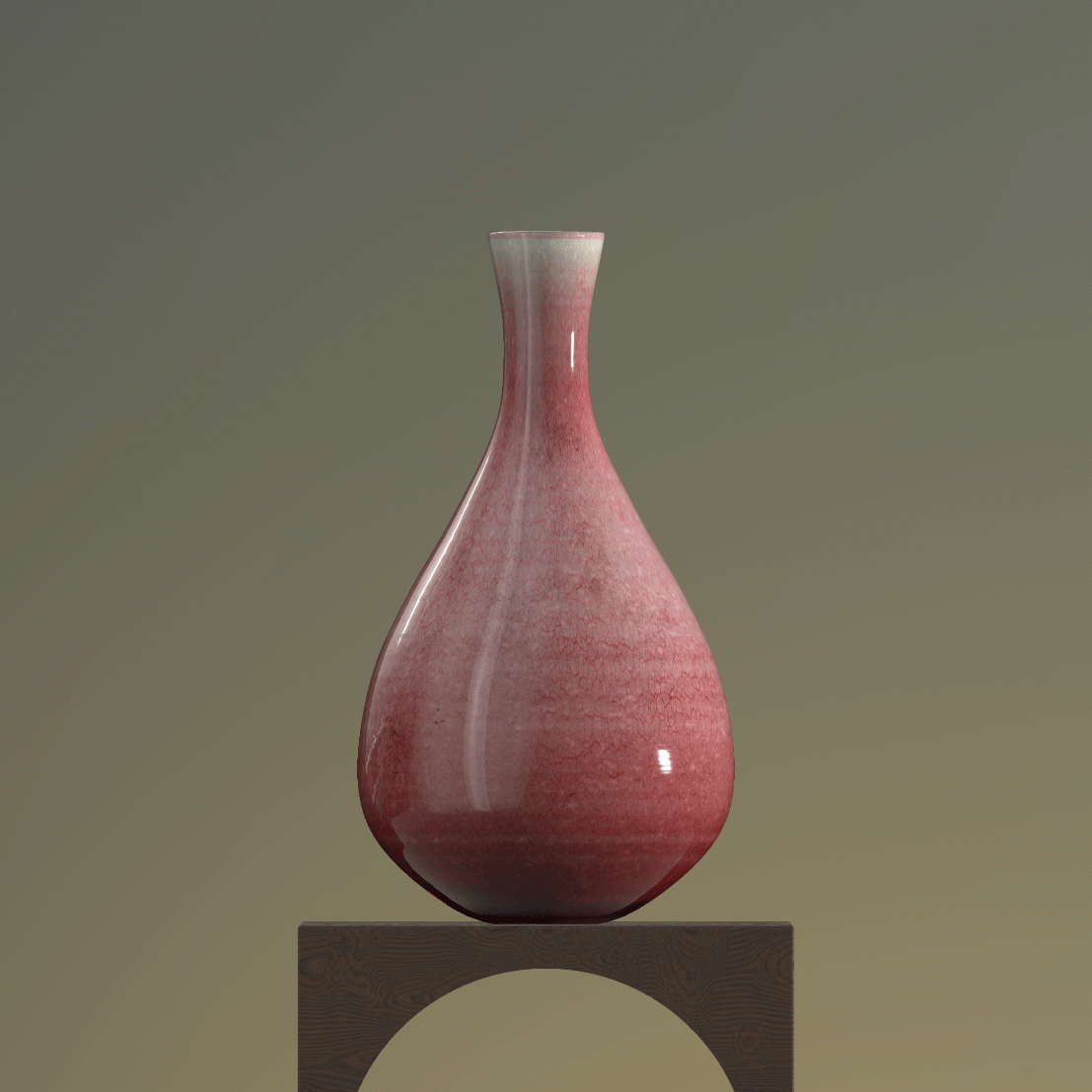
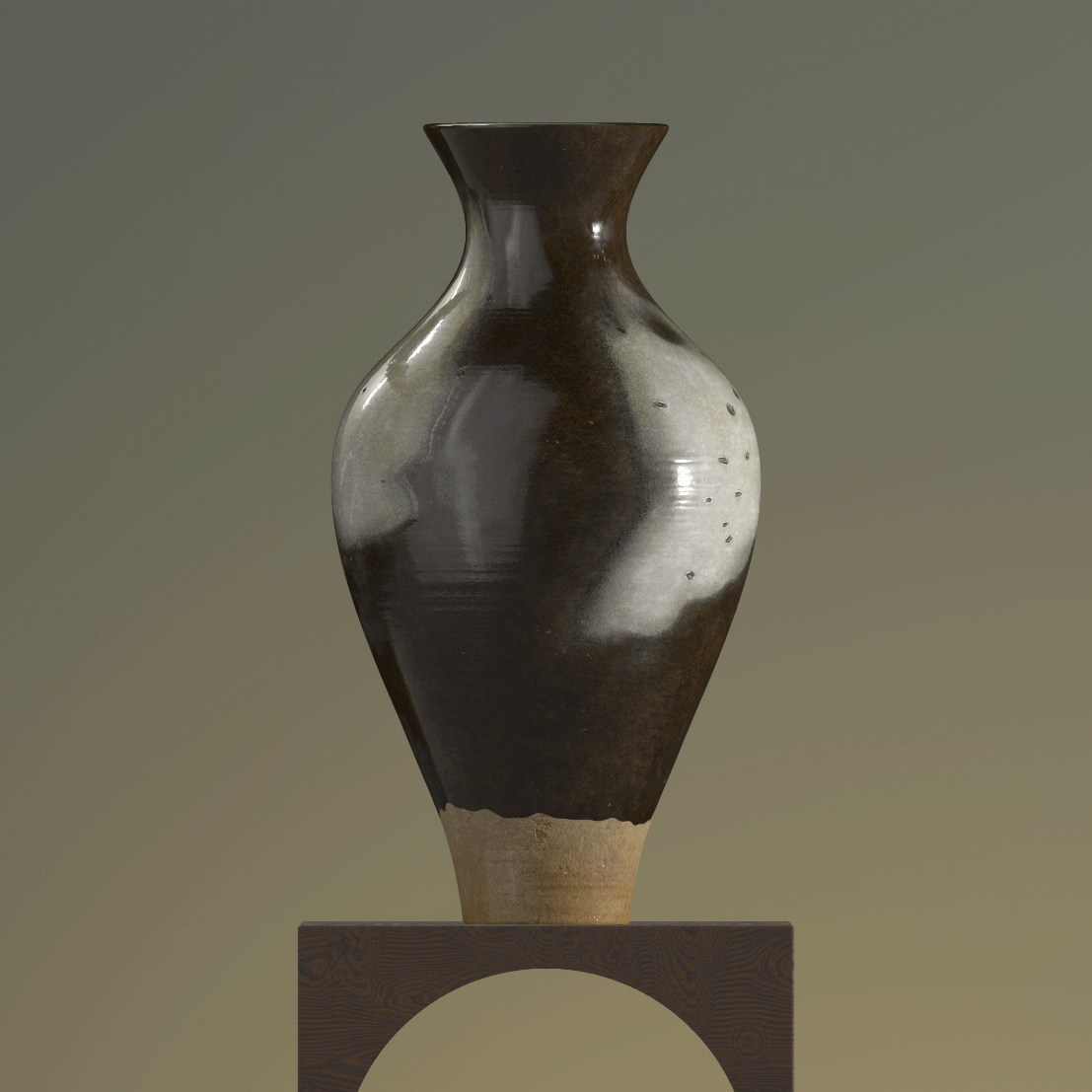
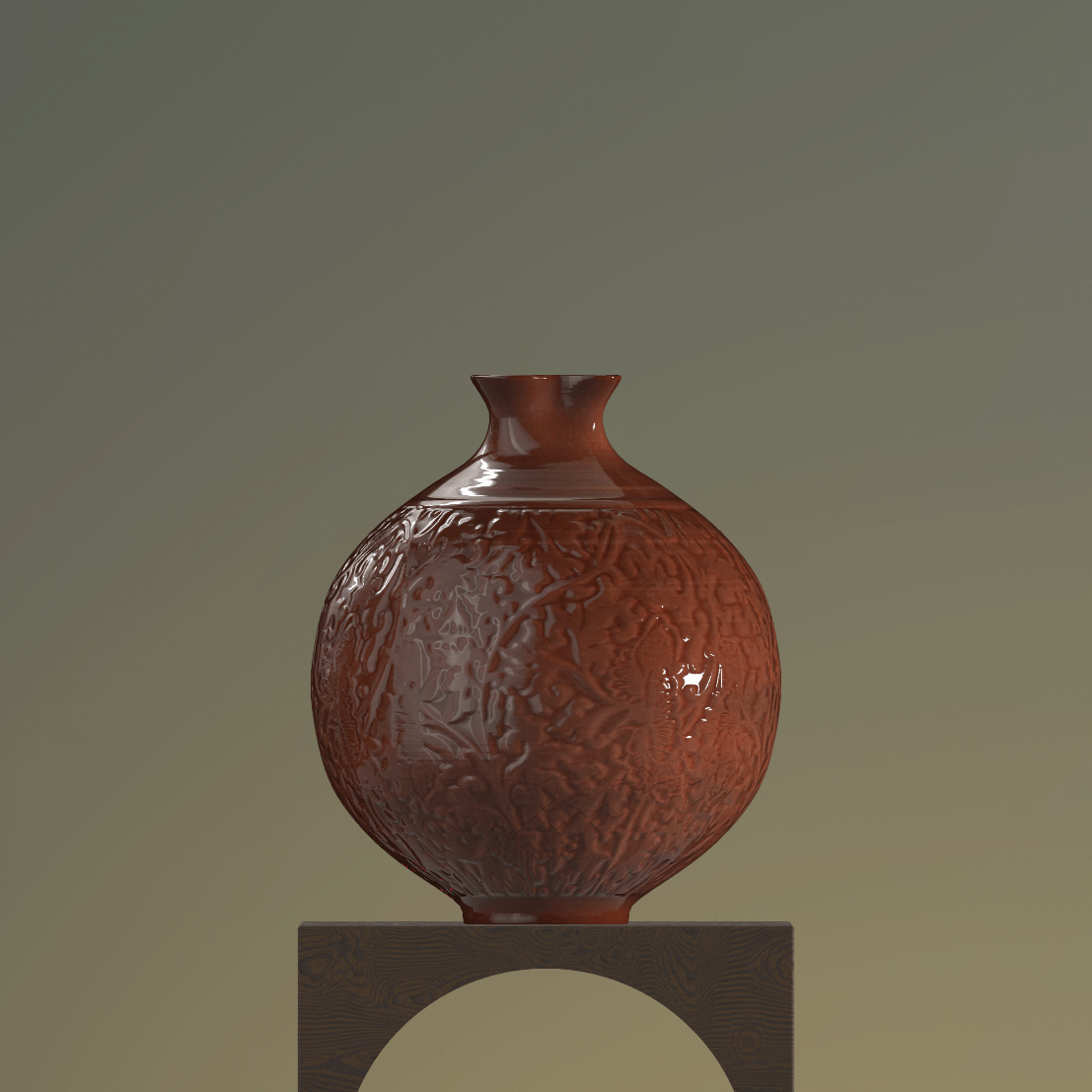

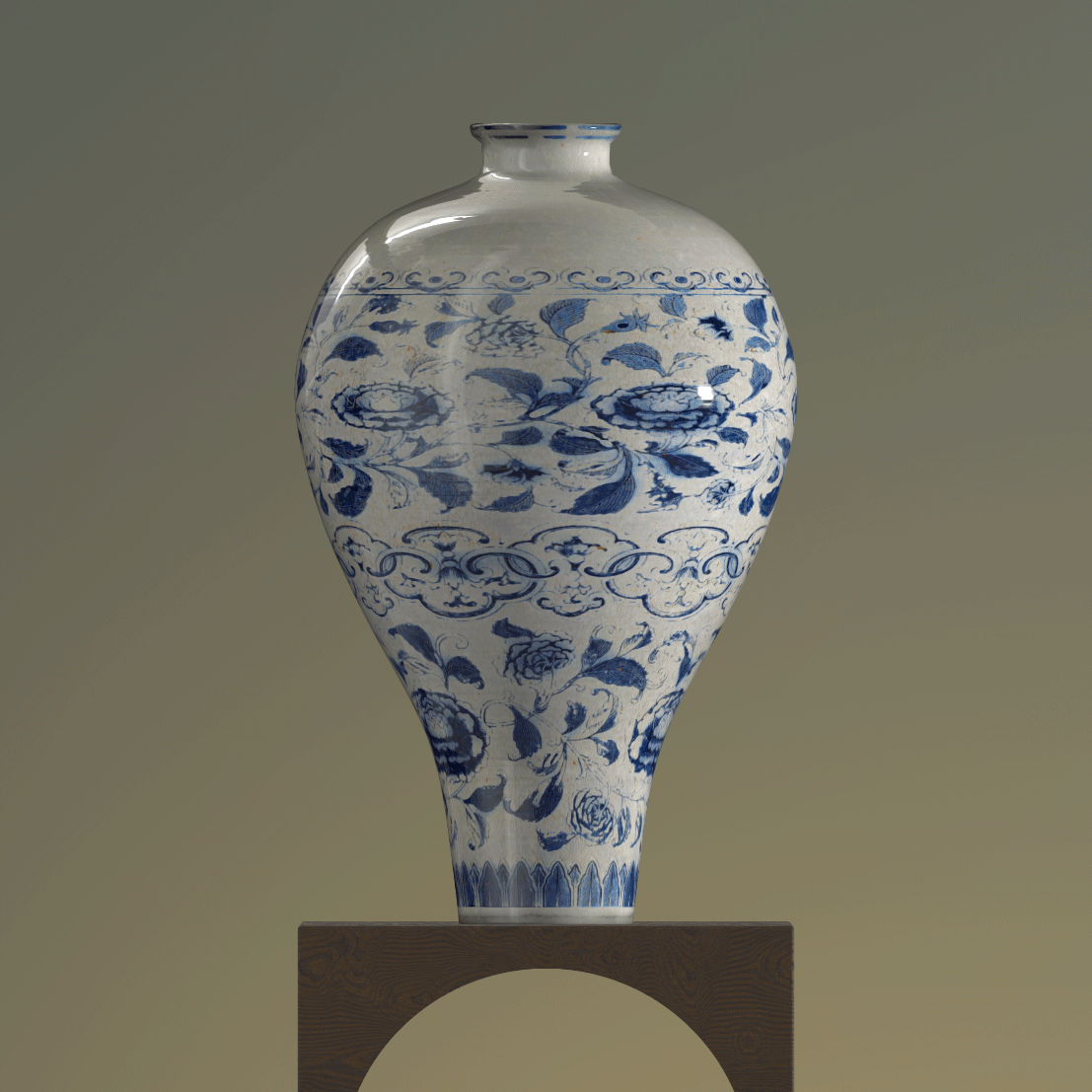

Run through of the experience.
Throughout the creative process, we explored many forms of transitions and levels of control.
Exploring head position to deform the vase shape.


Exploring vase transition animations.

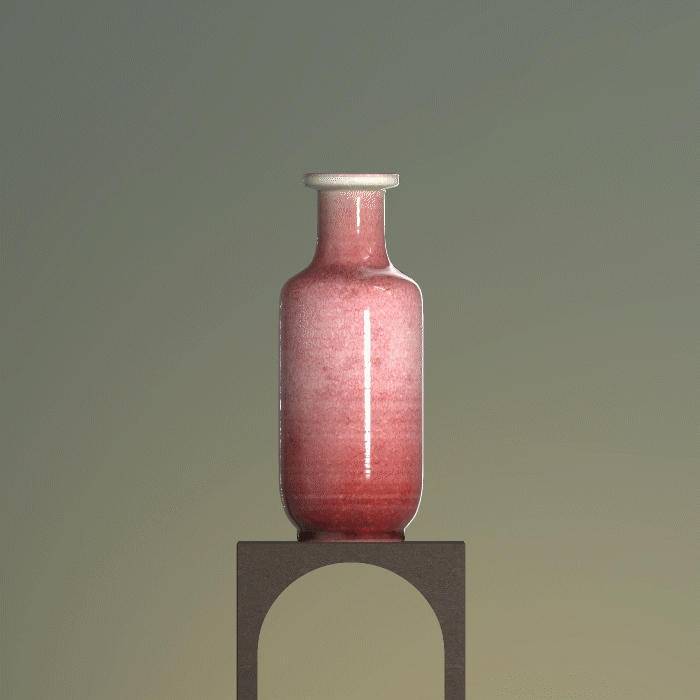
There were 4 base material archetypes, with 9 colour variants for each, as well as variables for crackle amount, wear and shininess. These were chosen at random each time the vase morphed shape, leading to a wide range of options for the user to discover.
Examples of the material outputs.
Examples of the hundreds of potential vase shapes and material combinations.

